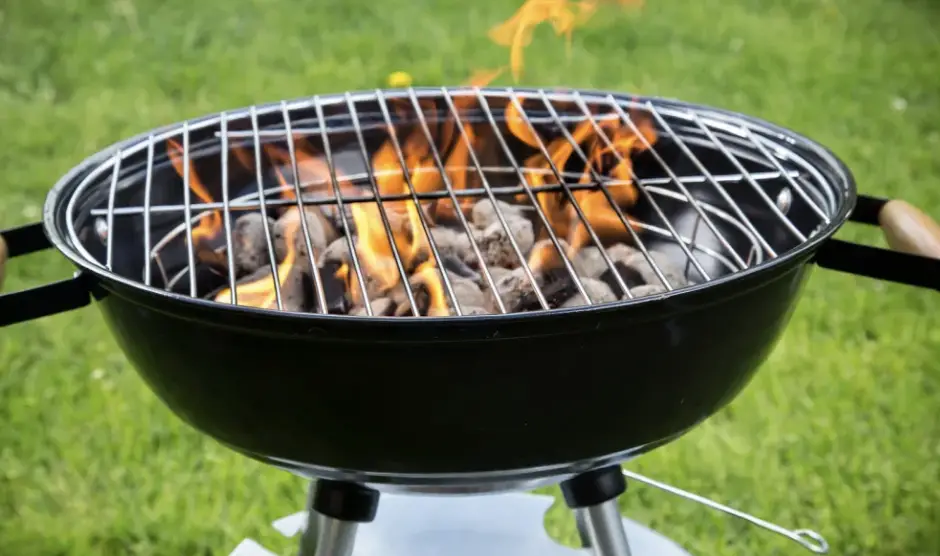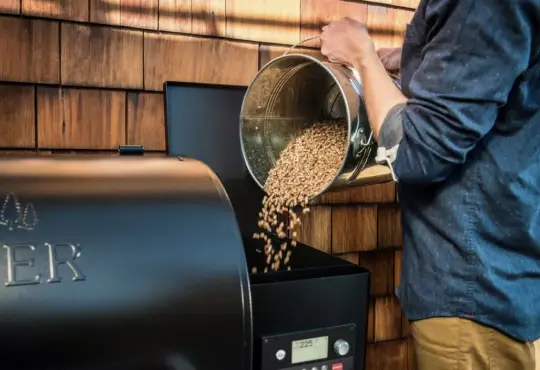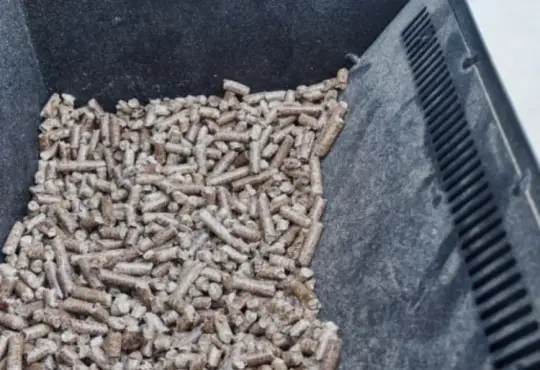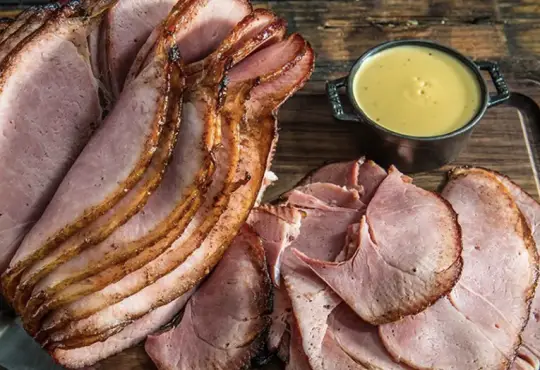
Mastering Charcoal Management: When and How to Add More Charcoal While Cooking
Grilling over charcoal imparts a distinct smoky flavor and adds depth to your dishes. However, managing the charcoal during the cooking process is essential to maintain consistent heat and achieve delicious results. In this blog post, we’ll delve into the art of knowing when to add more charcoal while cooking and the proper techniques to do so.
When to Add More Charcoal:
- Time and Temperature: As charcoal burns, it gradually reduces in size and intensity. If you’re cooking for an extended period or at a high temperature, you may need to add more charcoal to maintain the desired heat level.
- Long Cooking Sessions: For slow-cooked dishes that require several hours on the grill, such as brisket or ribs, adding more charcoal may be necessary to sustain the cooking process.
- Direct vs. Indirect Heat: If you’re using the two-zone cooking method (direct and indirect heat zones), you may need to replenish charcoal on the direct heat side if you’re grilling multiple items sequentially.
How to Add More Charcoal:
- Preparation: Before adding more charcoal, ensure you have a chimney starter filled with fresh charcoal ready to go. This will ensure a seamless transition without significantly disrupting the cooking process.
- Wear Gloves: Use heat-resistant gloves or mitts to protect your hands when handling the chimney starter and adding charcoal.
- Create a Hot Zone: If you’re cooking with a two-zone setup, move the food to the indirect heat side of the grill to create a “hot zone” for adding fresh charcoal.
- Ash Removal: Before adding more charcoal, gently use tongs to remove excess ash from the charcoal grate. Excess ash can restrict airflow and hinder proper combustion.
- Light the Charcoal: Use the chimney starter to ignite the fresh charcoal. Once the charcoal is glowing and covered in a layer of gray ash, it’s ready to be added to the grill.
- Add the Charcoal: Carefully pour the hot charcoal onto the charcoal grate, focusing on the hot zone if you’re using a two-zone setup.
- Arrange the Charcoal: If needed, use tongs to arrange the fresh charcoal to create an even layer. You can also place some of the hot charcoal on top of the existing bed to ignite it.
- Lid Adjustment: Keep the grill lid open while adding charcoal to prevent flare-ups. Once the new charcoal is in place, partially close the lid to allow proper airflow and achieve the desired cooking temperature.
Tips for Success:
- Plan Ahead: Estimate the cooking time and charcoal burn rate before you start grilling to anticipate when you might need to add more charcoal.
- Use Lump Charcoal: Lump charcoal tends to burn hotter and longer than briquettes, making it easier to manage and maintain consistent heat.
- Keep an Eye on Temperature: Use a grill thermometer to monitor the temperature and make adjustments as needed.
- Avoid Overcrowding: If you’re adding charcoal to an already crowded grill, be mindful not to overcrowd the cooking surface, as this can hinder airflow and result in uneven cooking.
In Conclusion:
Mastering the skill of adding more charcoal while cooking enhances your grilling experience and ensures your dishes turn out perfectly cooked and full of flavor. By recognizing when it’s time to replenish the charcoal and following proper techniques for doing so, you’ll be able to maintain steady heat levels and achieve culinary success with every grill session. With practice and attention to detail, you’ll become a charcoal management expert, creating mouthwatering meals that will impress your family and friends.






